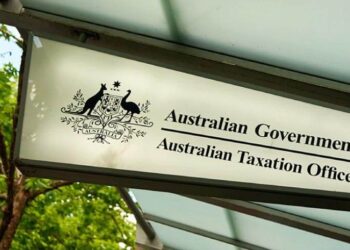In an online blog, Heffron SMSF Solutions head of SMSF technical and education services Lyn Formica reminded practitioners that individuals subject to the Division 293 tax are levied with an effective tax rate of 30 per cent on their superannuation contributions, rather than the usual 15 per cent.
“Division 293 tax is applied to certain concessional contributions where an individual’s combined income and low tax contributions for a year exceed $250,000,” she said.
“Income for this purpose is primarily based on your client’s taxable income with a few modifications.”
Ms Formica explained that a client’s lump sum will be included for Division 293 purposes if the client is receiving the lump sum because they are drawing down on their own superannuation benefits and are at least age 60.
In this case, the amount which is included for Division 293 tax purposes is the untaxed element, she said.
The tax will also apply if the client is at least their preservation age but not yet 60.
“[In this particular] case, the amount which is included is the amount of the taxed element exceeding the low rate cap of $205,000, plus the amount of any untaxed element,” she explained.
If the client is under their preservation age, then Division 293 tax will apply to all of the taxed and untaxed elements, she said.
Alternatively, if they have received the payment in breach of the payment rules, for example they weren’t yet eligible to draw on their benefits in lump sum form, then the tax will be applied to all of the payment, including any tax-free component.
“Your client’s lump sum will also be included for Division 293 purposes if the lump sum they receive is a death benefit paid directly from a superannuation fund and they are a non-dependant beneficiary – in which case all of the taxed and untaxed elements are included,” she noted.
“Interestingly, if your client had received the death benefit via the deceased’s estate, then it would not have been included in their taxable income and therefore not included for Division 293 purposes.”


